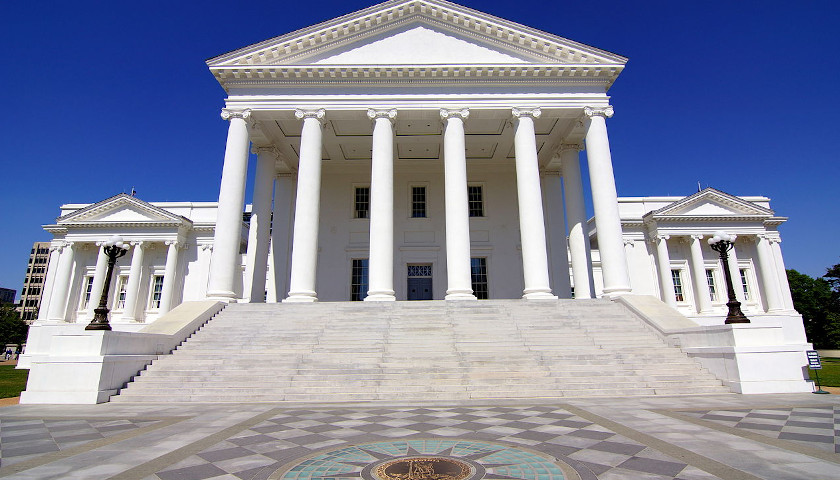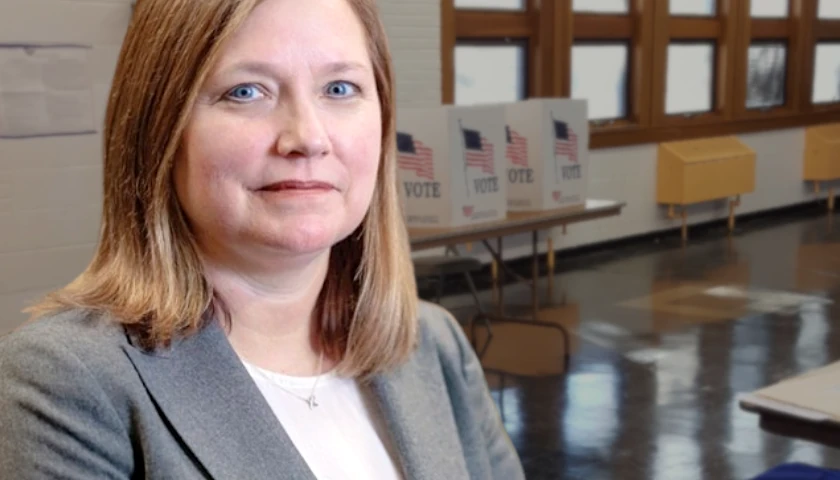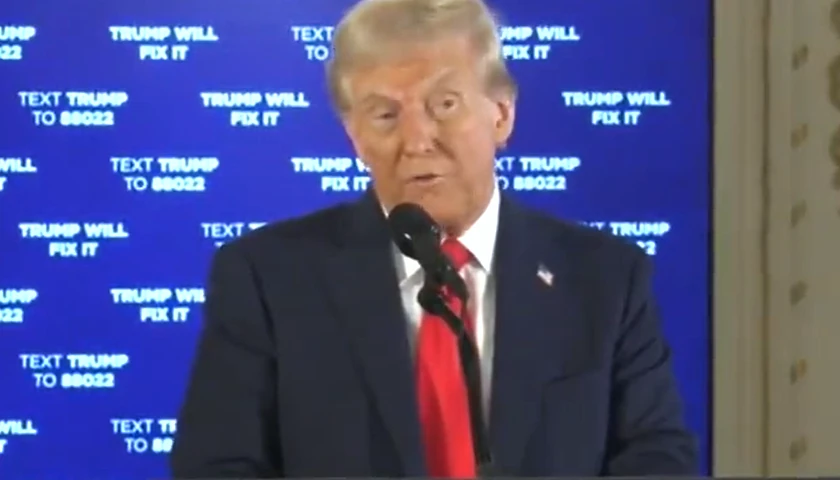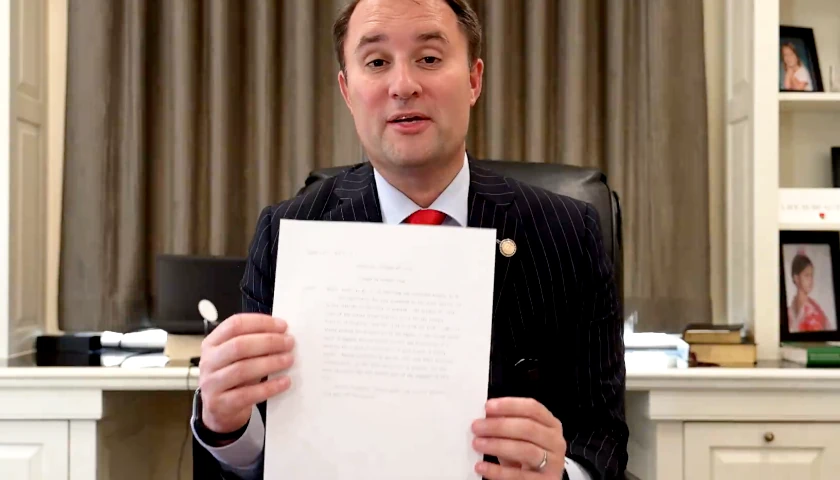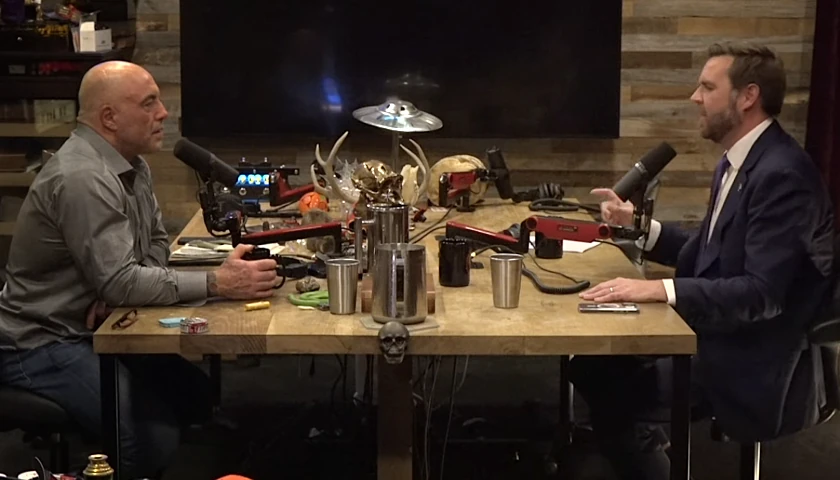Partisan map drawers presented the first set of maps of the whole commonwealth to the Virginia Redistricting Commission Monday. The commission is nearing the end of its allotted time to create maps for the Virginia General Assembly; the maps are expected to be submitted between October 10th and October 24th. But the maps presented to the commission are drafts, and the commission still needs to analyze public comment and political data and how that should affect the maps. Additionally, the commission has to find a way to turn the two sets of proposals from the Republican and Democratic map drawers into one final draft.
“We’re three weeks away from when we’re supposed to vote on final maps to be presented to the General Assembly. So the clock is really moving quickly now. So think about your ideas on how to reconcile the two versions of each map that we have,” Co-Chair Greta Harris (D) told the commission.
The maps were released online over the weekend, and Twitter pundits found plenty to criticize, focusing on weird shapes and incumbent elimination, with both sets of maps drawing incumbents into districts with other incumbents. To help insulate the maps from partisan influence, the commission instructed map drawers not to consider incumbent addresses or political data when drawing the drafts, although the commission can consider the data. As a result, the public has access to more data than the map drawers. That includes easy-to-use analytic tools by The Virginia Public Access Project.
The political data from past elections is becoming important, since it will guide map drawers as they ensure that minority voters are protected and given majorities where appropriate without packing them into a district and unnecessarily eliminating their influence in neighboring districts. Each district has to be considered on a case-by-case basis, and legislators from both parties worried that the new maps would have fewer majority-minority districts than previous maps.
“I would like to start to see the political data get layered onto these maps sooner rather than later because VPAP is already doing it. It’s coming from third-party sources. We’re getting on Twitter and various channels people’s political analysis of the maps based on who-knows-where it’s coming from,” Delegate Marcus Simon (D-Fairfax) said. “I understand that we wanted to wait because we wanted to make sure the shapes were compact and consider other criteria first, but I think we’re going to need fairly soon to see the other data start to get layered in here.”
– – –
Eric Burk is a reporter at The Virginia Star and The Star News Network. Email tips to [email protected].
Photo “Virginia Capitol” by Skip Plitt – C’ville Photography. CC BY-SA 3.0.

